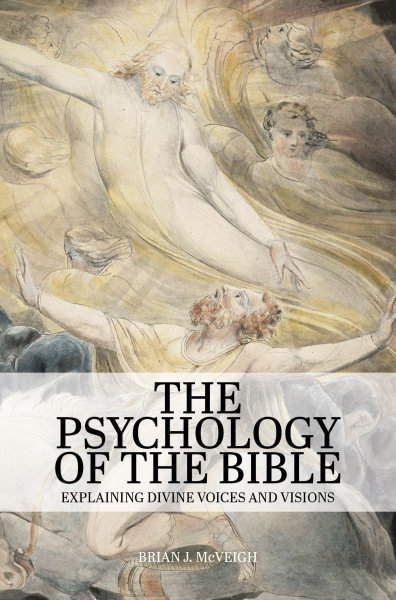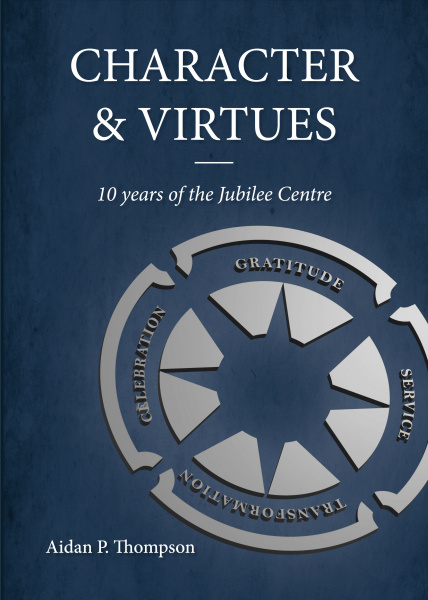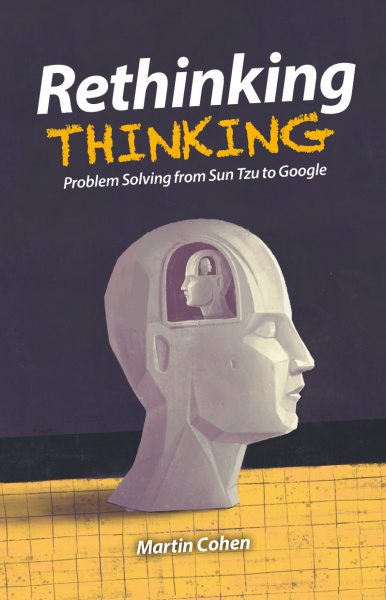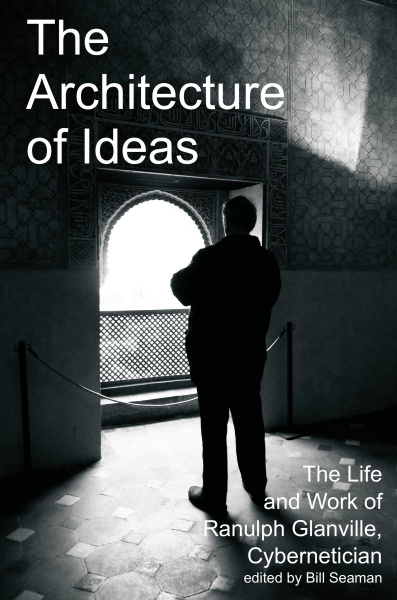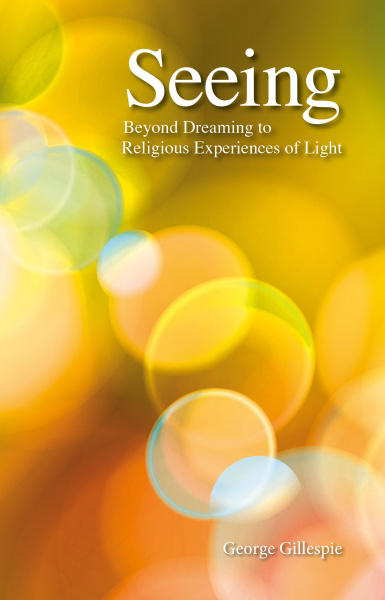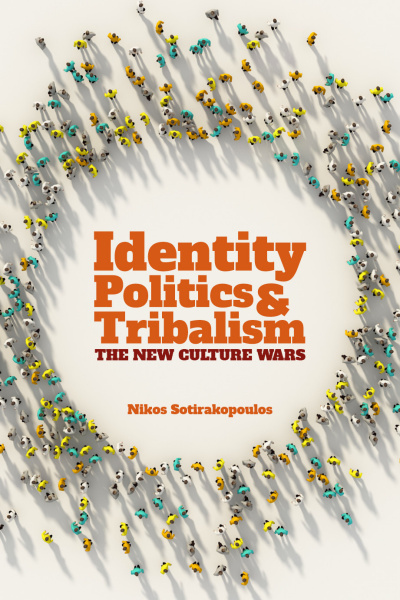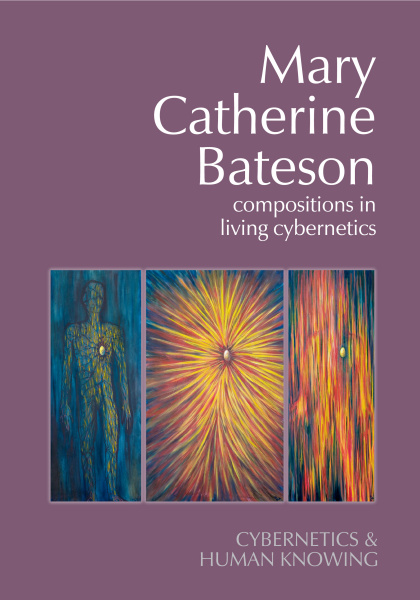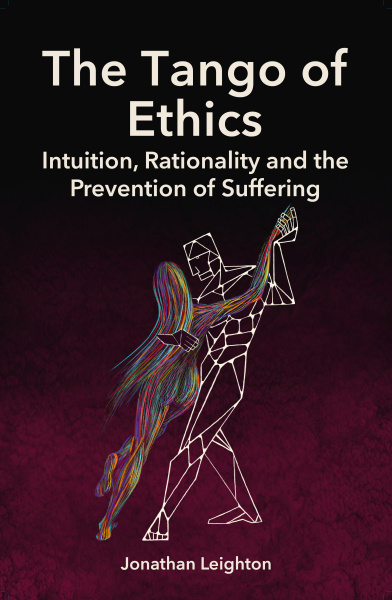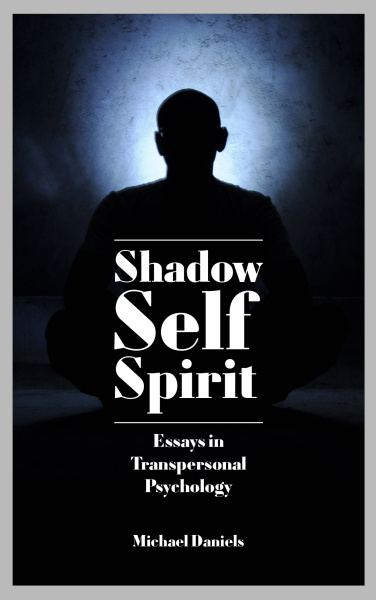Imprint Academic
-

The Sentient Robot
The Last Two Hurdles in the Race to Build Artificial Superintelligence
Rupert Robson argues that we are now just two conceptual hurdles away from developing artificial superintelligence. The first of the two hurdles is to embed consciousness in AI, thereby giving us the sentient robot. The second is about the developmental step needed in AI design so as to achieve human-level flexibility in thought.
-

Selfhood, Autism and Thought Insertion
This book, a reprint of a special issue of the Journal of Consciousness Studies, highlights some excellent examples of the complex nature of first-person thoughts as they figure in linguistics, autism, thought insertion in schizophrenia, and the phenomenon of mental autonomy.
-

Metapsychology of the Creative Process
Continuous Novelty as the Ground of Creative Advance
This book discusses a process (microgenetic) theory of the mental state of creativity that differs markedly from mainstream (cognitive) psychology, but with the potential to clarify many features of thought and imagery, normal and exceptional. Creativity is not an isolated problem but touches many central issues in philosophical psychology.
-

Before Consciousness
In Search of the Fundamentals of Mind
This book aims to integrate the non-conscious as a constitutive dimension of the mind and also to outline how it is indispensable in virtually everything we do.
-

The Singularity
Could artificial intelligence really out-think us (and would we want it to)?
Volume combining two special issues of the Journal of Consciousness Studies on the philosophical aspects of a possible artificial intelligence singularity.
-

Depression, Emotion and the Self
Philosophical and Interdisciplinary Perspectives
This volume addresses the question of what it is like to be depressed. Despite the vast amount of research that has been conducted into the causes and treatment of depression, the experience of depression remains poorly understood.
-

The Moon and Madness
Lunacy, the legendary notion of minds unhinged by the moon, continues to captivate the popular imagination. The book is divided into two parts. It begins with a historical account of the lunacy concept, followed by an investigation of hypothetical mechanisms for a lunar effect.
-

Situated Aesthetics
Art Beyond the Skin
This book focuses on externalist approaches to art. It is the first fruit of a workshop held in Milan in September 2009, where leading scholars in the emerging field of psychology of art compared their different approaches using a neutral language and discussing freely their goals.
-

Ten Years' Viewing from Within: Further Debate
This special issue of the Journal of Consciousness Studies is the sequel to Ten Years of Viewing from Within, commemorating the tenth anniversary of the publication of The View from Within, where Francisco Varela in collaboration with Jonathan Shear designed the foundations of a research program on lived experience.
-

JCS Symposium on Describing Inner Experience
A Debate on Descriptive Experience Sampling
A special issue of the Journal of Consciousness Studies debating the merits of Russell Hurlburt's technique of Descriptive Experience Sampling (DES) as a means of accessing inner experience.
-

Who Was Mrs Willett?
Landscapes and Dynamics of Mind
Here is an account of mentality and human experience, written for a multi-disciplinary readership. The focus is on how mind, consciousness and selves inter-relate, extending into exploration of ideas about the nature of awareness and a search for relevant evidence.
-

Spiritual Crisis
Varieties and Perspectives of a Transpersonal Phenomenon
In this book people speak about inner experiences in which they perceived themselves and the world so differently that they thought they were going mad. Experiences of existential voids, heights and depths, freezing wastes and silences, of pure energy, love and fear, oneness and chaos.
-

Ten Years of Viewing from Within
The Legacy of Francisco Varela
Ten years on from The View From Within, Claire Petitmengin has organized a collection of essays that examine and refine the research program on first-person methods defined in The View from Within, with contributions based on empirical research.
-

Healing, Hype or Harm?
A Critical Analysis of Complementary or Alternative Medicine
The scientists, academics and practitioners writing this book are not 'against' complementary or alternative medicine (CAM), but they are very much ‘for’ evidence-based medicine and single standards. They aim to counter-balance the many uncritical books on CAM and to stimulate intelligent, well-informed public debate.
-

World in My Mind, My Mind in the World
Key Mechanisms of Consciousness in People, Animals and Machines
Not consciousness, but knowledge of consciousness: that is what this book communicates in a fascinating way.
-

Psychedelic Horizons
This is a different kind of book about psychedelics. Rather than describing psychedelic experiences, it presents four future-oriented ideas 'coming over the psychedelic horizon', which illustrate the potential benefits of psychedelics for humanity.
-

Trusting the Subject?
Volume Two
This work is designed to encourage cognitive scientists to take more account of the subject's unique perspective.
-

Our Last Great Illusion
A Radical Psychoanalytical Critique of Therapy Culture
'Therapy may be mad,' declares Rob Weatherill in this outspoken volume. This book aims to refute the fashion for a return to a pre-Cartesian ideal of harmony and integration.
-

Trusting the Subject?
Volume One
This work is designed to encourage cognitive scientists to take more account of the subject's unique perspective.
-

Man Who Tasted Shapes
The ten people in one million who are synaesthetes are born into a world where one sensation (e.g. sound) conjures up one or more others (e.g. taste or colour). Extensive experiments with more than forty synaesthetes led Richard Cytowic to an explanation of synaesthesia that emphasized the primacy of emotion over reason.
-

View from Within
First-person Approaches to the Study of Consciousness
Drawing on a wide range of approaches — from phenomenology to meditation — THE VIEW FROM WITHIN examines the possibility of a disciplined approach to the study of subjective states. The focus is on the practical issues involved.
